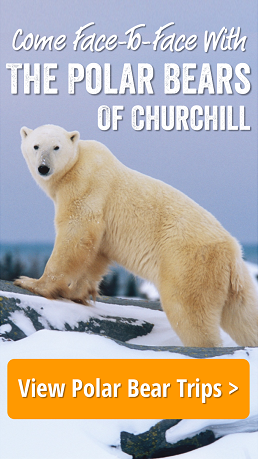by Steve Selden | Mar 3, 2015 | Conservation

Baby elephant. Andy Rouse/WWF/ naturepl. com photo.
Now, you’re asking yourself ‘why is there a photograph of an elephant and a rhino on a website dedicated to polar bears and life in the northern Arctic region’, right? Well, this campaign by World Wildlife Fund is important enough to dedicate today’s post to the cause of fighting poaching! Please go to the link below and sign the pledge…even polar bears will be grateful for your support of their kindred animals down south.
Click here: STOP WILDLIFE CRIME

Rhino with coveted horn. Kathleen L. Ryan/ WWF-US photo.
by Steve Selden | Feb 27, 2015 | Conservation
Today has been designated International Polar Bear Day by Polar Bears International, one of the world’s leading polar bear conservation groups. The crux of celebrating the “king of the Arctic”, the mighty polar bear, is to raise awareness of global warming and initiate change in the ways we make choices for energy usage. Global warming continues to be a “hot” issue and the reduction of Arctic sea ice is the tell -tale sign that polar bears are in danger.
We encourage you to think hard today and the coming week about the ways you use energy and options available to reduce usage of these resources! But most of all have an amazing International Polar bear Day! Enjoy these polar bear action photos to celebrate the day.

February 27 is International Polar Bear Day. Polar Bears International image.

Polar bear cooling off in Churchill, MB. Natural Habitat Adventures photo.
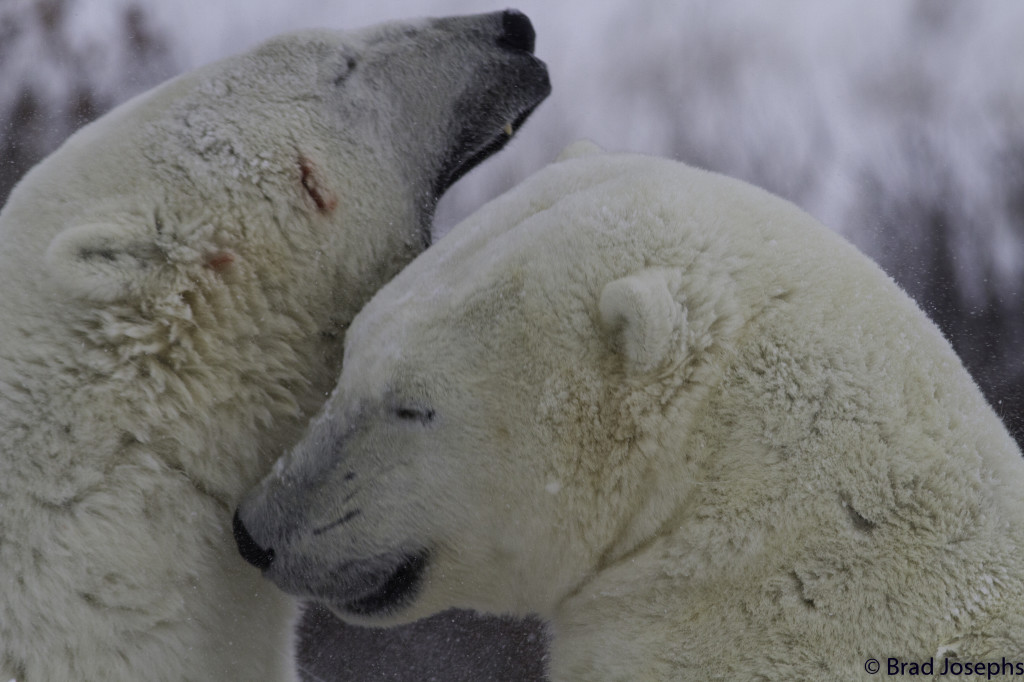
Polar bears sparring on the tundra. Brad Josephs photo.
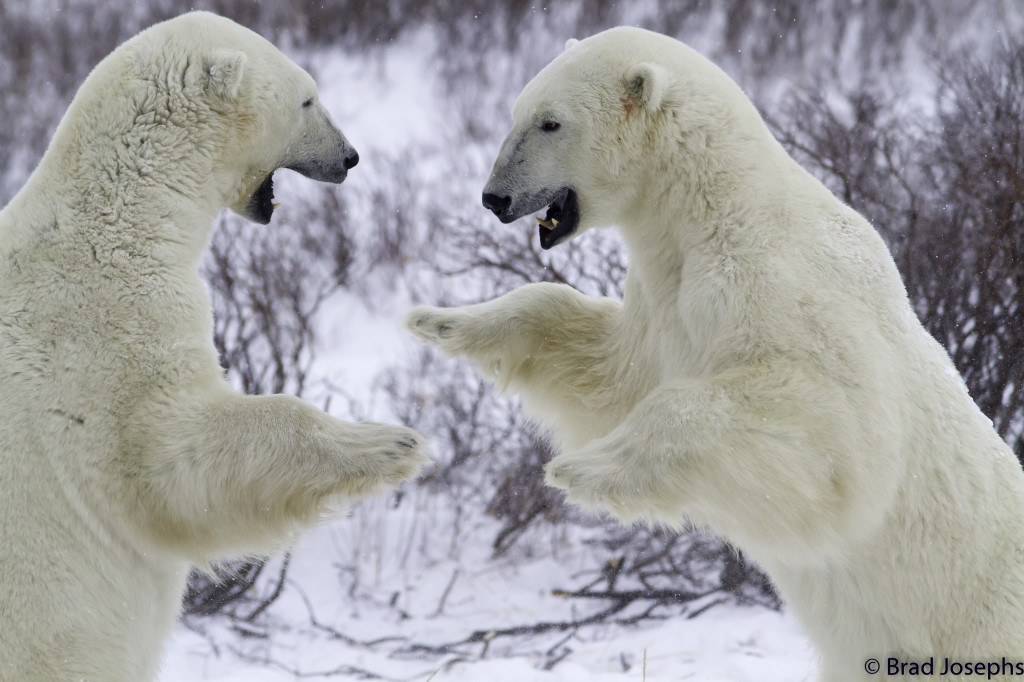
Sparring bears captured up close with a telephoto lens. Brad Josephs photo.
by Steve Selden | Feb 5, 2015 | Conservation

February 27th is International Polar Bear day. The commemorative day was designated to bring to light the current plight of polar bears future fate hinging on global warming and reduced yearly sea ice in the north. The day is meant to positively encourage conservation efforts focusing on reduction of carbon output.
Natural Habitat Adventures has teamed up with World Wildlife Fund to create an incredible opportunity to symbolically adopt a polar bear in your name while at the same time venturing to Churchill, Manitoba to see these magnificent creatures in the wild.
Between today and February 27th, Natural Habitat Adventures will pay for your adoption fees through WWF when you book a Churchill polar bear adventure.
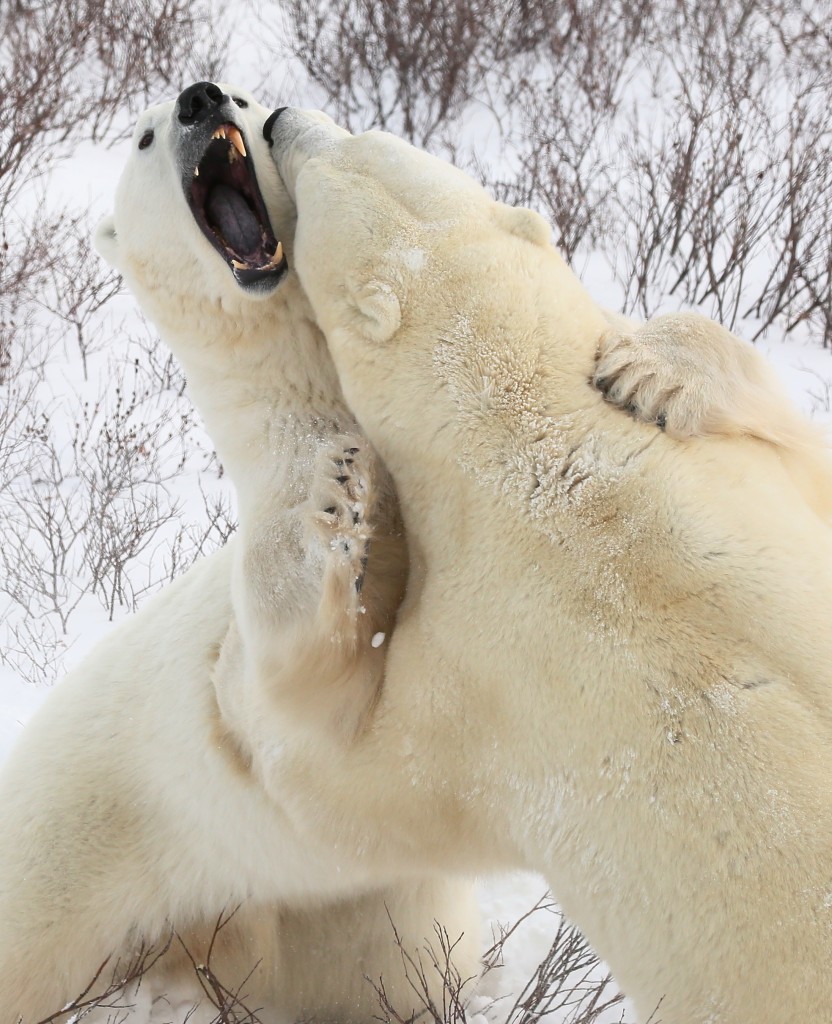
Sparring bears in the CWMA. Melissa Scott photo.
Encountering wild polar bears in their natural habitat will thrill and inspire you as well as hopefully motivate you to find ways to help protect this iconic species for the future.
If you reserve one of these trips today up to International Polar Bear Day on Feb. 27 you will receive your personal WWF adoption kit* including a certificate and species info card, frameable polar bear photo, plush polar bear toy, and reusable WWF gift bag.
by Steve Selden | Feb 4, 2015 | Conservation
Churchill and the Arctic have many splendid nights of spectacular aurora borealis..especially at this time of year. “Northern lights” are an amazing experience for anyone lucky enough to make it far enough north to take it in. Further north and closer to the Arctic Circle, the sky has been displaying other fantastic colors since December – but these are different then the aurora borealis.
A rare appearance of polar stratospheric clouds has presented itself on Earth’s northern polar region. These clouds, commonly associated with the formation of ozone holes, form much higher (25 km)in our stratosphere than other more ordinary clouds (5-10 km) and produce incredible colors around the time of sunset.
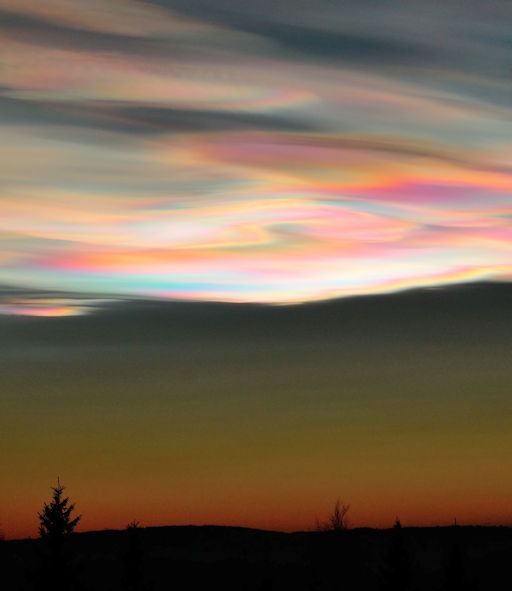
Polar stratospheric clouds in Skedsmokorset, Norway. Ivar Marthinusen photo.
“Right after sunset on Dec. 22nd, the clouds were so bright they were uncomfortable to look at directly,” says Marthinusen.
Forming when temperatures reach minus 85 C in the lower stratosphere, these icy jewels of the sky are also known as “nacreous” or “mother of pearl” clouds. Sunlight glimmering through the minute ice particles cause the soft, though iridescent colors by means of diffraction. Unfortunately these breathtaking polar stratospheric clouds have a dark lining. They are known now to be associated with ozone destruction.
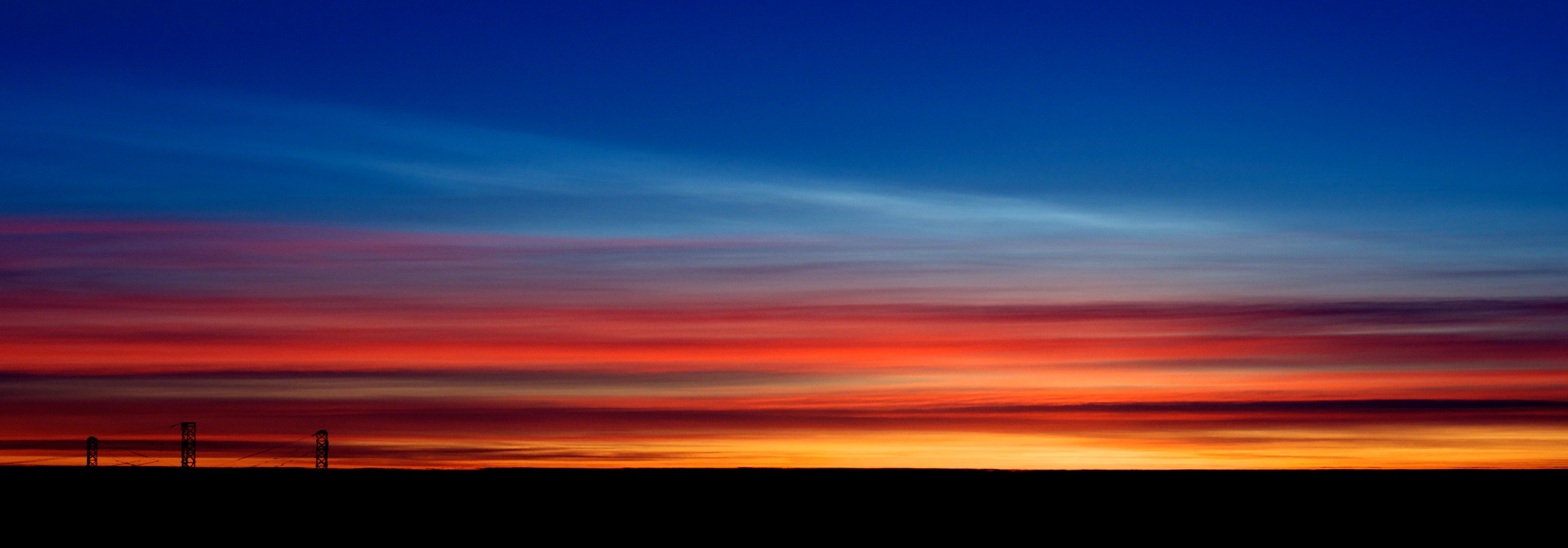
Polar stratospheric clouds. Wikipedia photo.
However, on the positive side, these clouds can be viewed as a accentuated reminder to carefully watch how we can conserve different energy sources on our planet.
by Steve Selden | Jan 13, 2015 | Conservation
Narwhals are one of the rarest and most unique whales on the planet Earth. They are also vastly mysterious and tend to capture the imaginations of many people, especially those fascinated with the Arctic. The distinct spiraled tusk or tooth that protrudes from the whales upper jaw lends to their enduring mythology. The tusk can grow up to 10 feet and some Narwhals will even sprout two tusks. These animals can weigh up to 4,200 pounds and grow to 17 feet in length. The photo below by Paul Nicklen for National Geographic and World Wildlife Fund provides a great look at the Narwhal’s tooth.

Narwhal with spiral tooth rising from the Arctic water. Paul Nicklen photo for National Geographic and World Wildlife Fund.
The Narwhal population is currently at more than 80,000 worldwide. The majority are found in Atlantic and Russian Arctic sea waters. Smaller populations dwell in Greenland and Norwegian waters. In summer they migrate in pods of 10-100 whales closer to shorelines and in winter they swim farther out to sea and live under sea ice, surfacing in open leads of water. Their preference is to stay at the surface but Narwhals can dive up to 5,000 feet. They feed wherever they can find krill, fish or squid in the cold northern waters.
Narwhals communicate through various trills, clicks and squeals. Males will often cross tusks in behavior known as “tusking“. Scientists are researching this behavior trying to distinguish whether it’s another form of communication, sexual display or friendly contact. Females become pregnant between March and May and have a gestation period of up to 16 months giving birth to a single calf. Calving every three years, females will nurse for a year or more.
The environmental conditions in which narwhals exist are truly awesome in that they require uncanny survival traits. Existing in the extreme cold and icy regions takes a unique genetic make-up. Narwhals are also being threatened by increasing oil and gas exploration in their native waters. All this exploration leads to more ocean shipping traffic as well. These factors cause noise pollution in the dark ocean waters where narwhals and other marine mammals rely on quietness to communicate with each other and locate food sources. This relatively new and growing threat could lead to dire consequences for many species. For more information check out this World Wildlife Fund site. This WWF initiative helps raise awareness of the noise pollution affects and address the threats to Narwhals and other whales and marine mammals.
by Steve Selden | Dec 30, 2014 | Conservation
Churchill is a funky frontier town with some unusual characters and a town center right out of the movies. The town is self-contained with just about every activity you want located in the town complex. Northern restaurants and bars line the main drag which is Kelsey Boulevard. Polar bears even saunter into town so if one is patient one doesn’t have to head out to the Churchill Wildlife management Area in a polar rover to see them.
Here are five attractions outside of Churchill proper that are worth checking out if you happen to visit the northern village.
1. Ithaca Shipwreck: Just off the coast near Bird Cove in Churchill, this old freighter is a classic landmark of the region.
2. Cape Merry: This iconic overlook on the precambrian sheild above the Churchill River and Hudson Bay is a classic starting point for any Adventure group arriving in Churchill. One can become geographically centered here and get a feel for the immensity of the Hudson Bay.
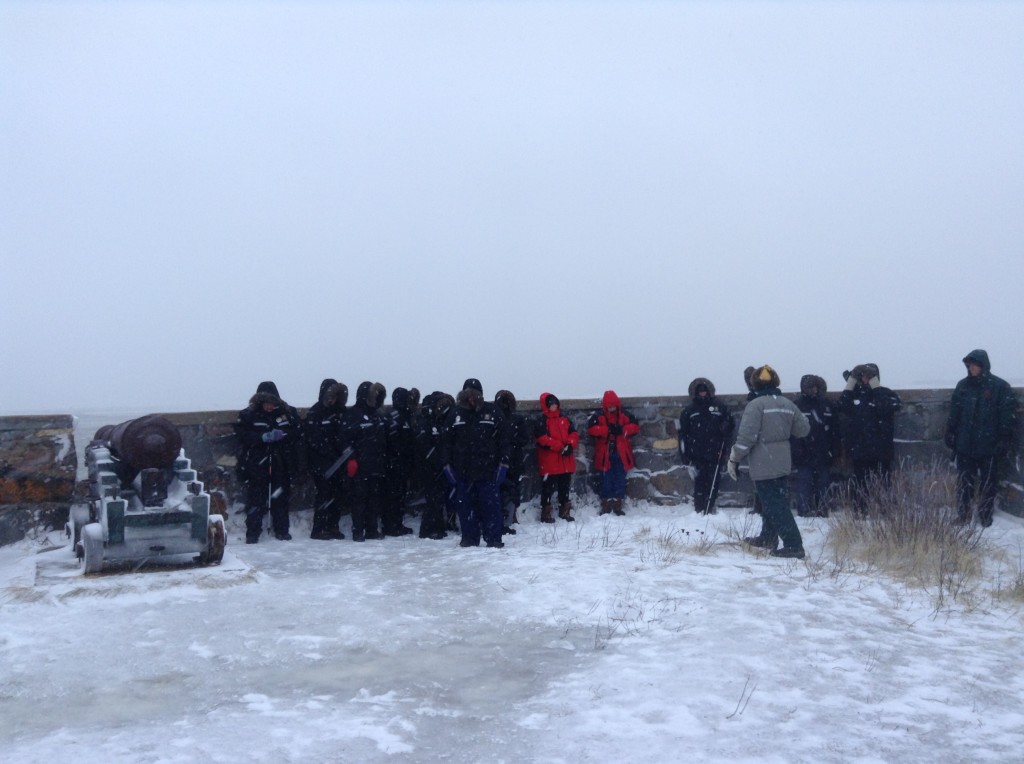
Natural Habitat group at the Cape Merry battery. Karen Walker photo.
3. Port of Churchill: A major economic stalwart of the town, this massive grain storage and port facility facilitates the cargo train as well as enormous cargo ships transporting grain products across the oceans via waterways accessible to the the Hudson Bay.
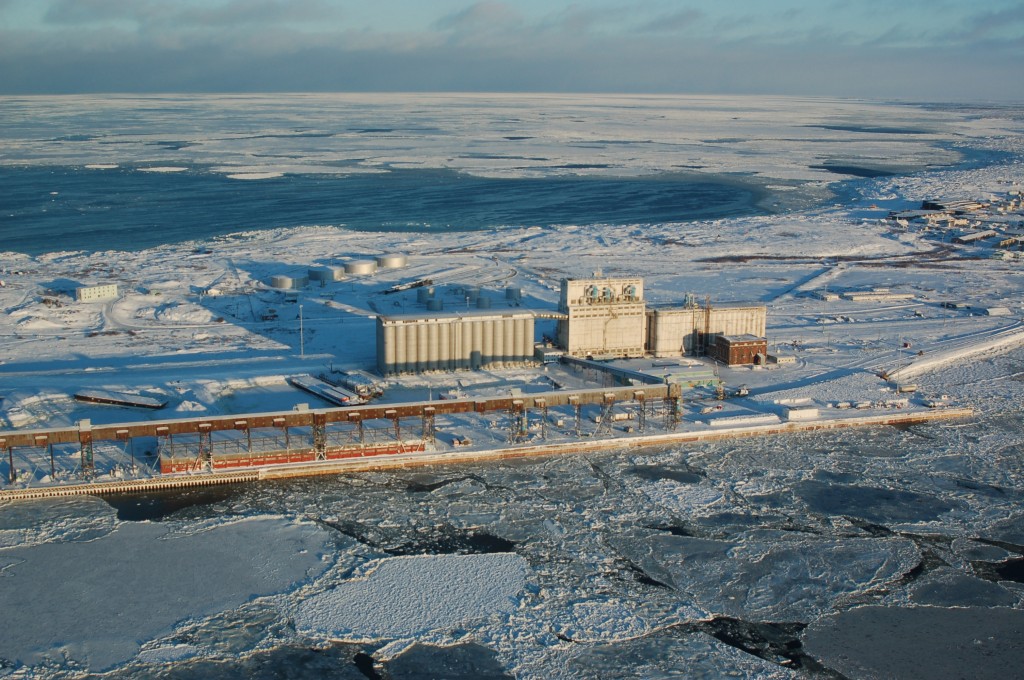
Grain port of Churchill.Steve Selden photo.
4. Observation tower at Goose Creek: In the summer this spot is a great place to observe various marsh birds and ducks. You also can get a distant view of an annual osprey nest as well as a clear vista about eight kilometers up the Churchill River. A quiet respite with amazing sky and landscape views.
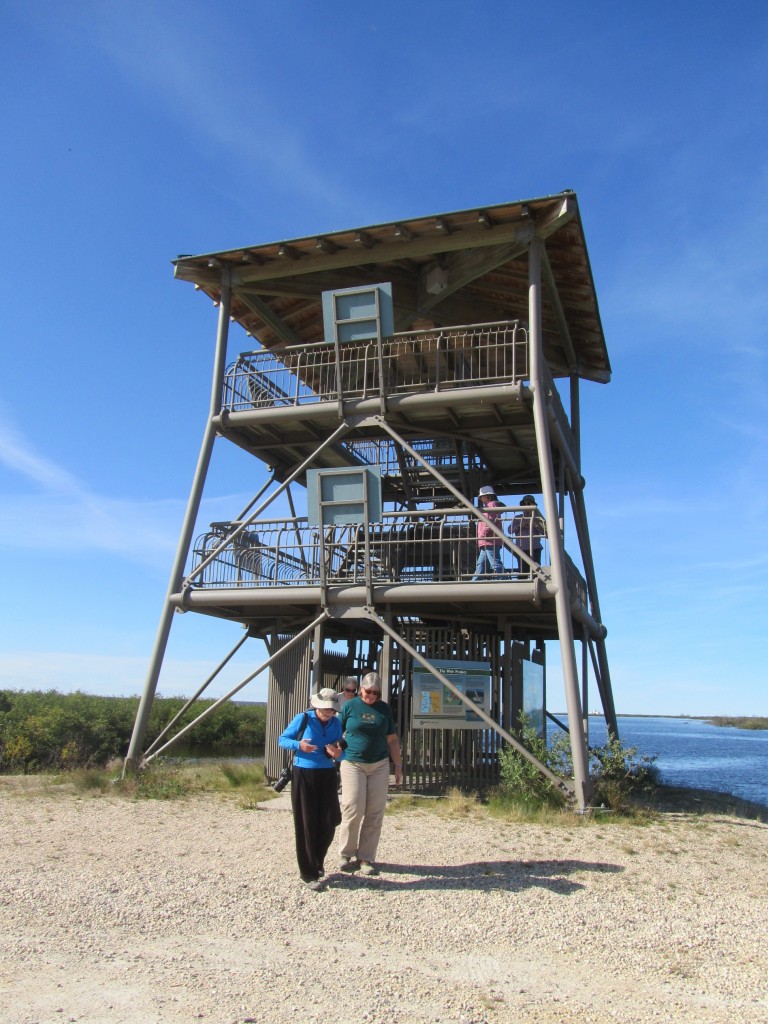
Observation tower at Goose Creek marina.
5. Anglican Church: If you like the intimate atmosphere of a quaint church service, this is the place. If you also want to see a national treasure you can do that as well. The Lady Franklin stained glass window is displayed to the right of the alter. This grand piece of art was given by Sir John Franklin’s wife, Jane, in appreciation of all the search efforts put forth to find her husband and their lost Arctic expedition of 1845.
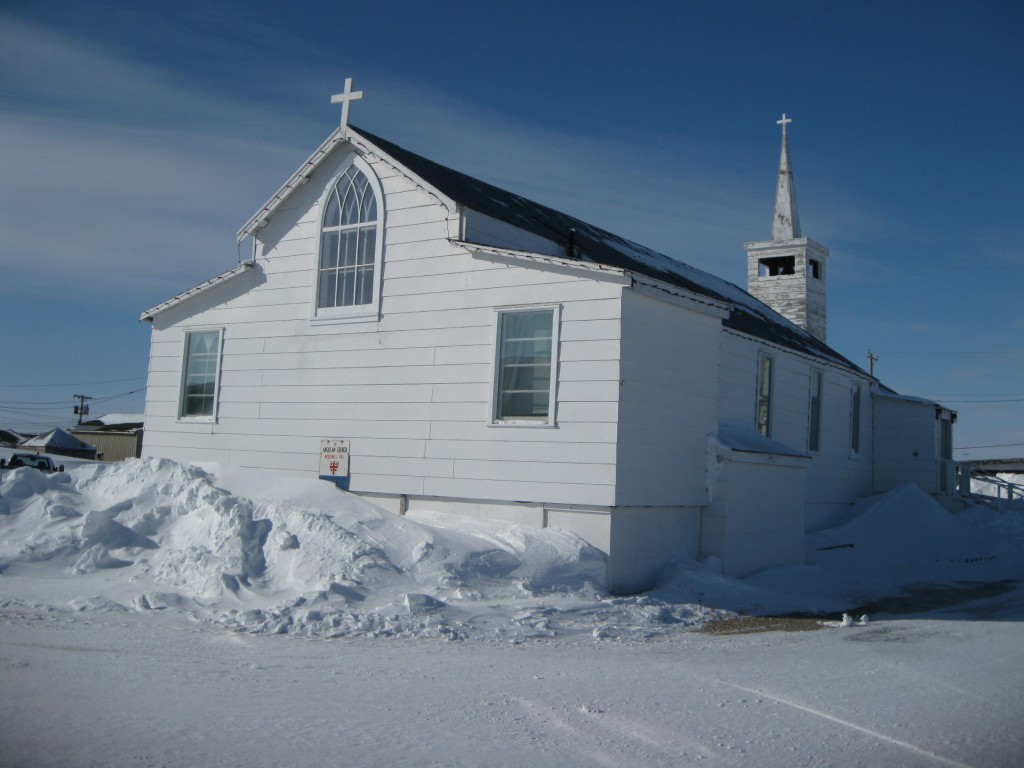
Anglican church in Churchill rests on the edge of the Hudson Bay.
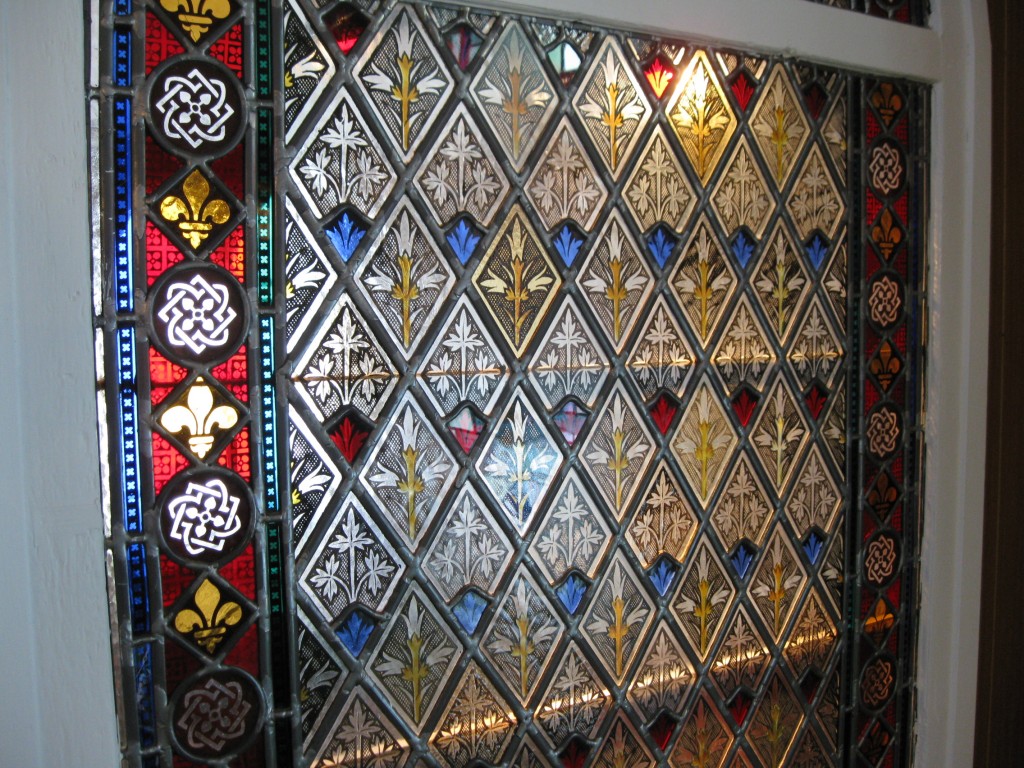
Close – up of the Lady Franklin stained glass window Photo Karen Walker


















